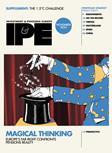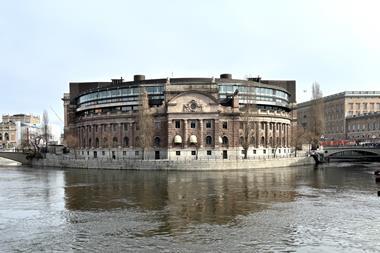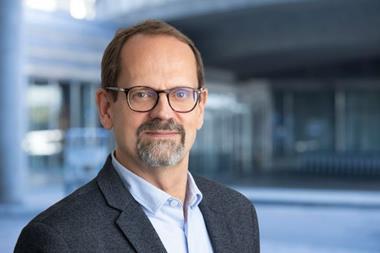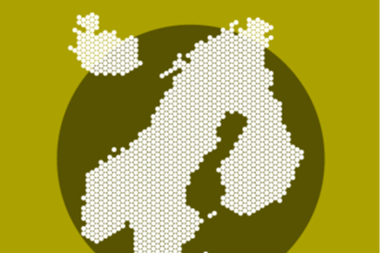Stockholm-based national pensions buffer fund AP3 today reported a higher return for the first half of this year than its three peers - despite revealing an SEK1.9bn (€167m) loss on an investment in the struggling UK utility Thames Water.
Fellow buffer fund AP4 on Monday reported a 6.9% return for the six-month period, and the Gothenburg-based fund AP2 yesterday posted a 4.9% first-half return, while back in July, AP1 reported it had generated a 4.9% return.
The three Stockholm funds - AP1, AP3 and AP4 - remain in a state of uncertainty regarding their futures after the Swedish government’s special investigator Tord Gransbo in June proposed merging them into two, but did not say which of the three should be axed.
Figures published by AP3 today reveal that it effectively lost SEK1.9bn on an indirect infrastructure investment in Thames Water - the UK’s largest utility, which has been in a funding crisis for a some time and faces an uncertain future.
AP1 was shown in July to have had to write down to zero from SEK1.18bn an unlisted investment in Omers Farmoor 3 Holdings B.V. - a Netherlands-registered entity that holds 4.36% of Kemble Water Holdings, the holding company of Thames Water.
AP3 had an SEK1.9bn investment in the vehicle at the end of 2023, which was written down entirely by the end of June this year, today’s figures show.
Staffan Hansén, AP3’s chief executive officer said he was very pleased with the fund’s first half returns.
“The equity allocation was gradually increased during the period, which paid off as the results were mainly driven by the strong performance of the global equity markets,” he said.
The diverging returns between the four buffer funds have only exaggerated the size difference between the funds, which at inception in 2000, were each allocated the same amount of capital.
At the end of June, AP3 had SEK534bn of fund capital; AP4 had SEK533bn; AP1 had SEK476.2bn, while AP2’s total assets amounted to SEK445.8bn.
The CEO of the smallest of the four funds, AP2’s Eva Halvarsson, said that during the first half of 2024, her organisation had carried out a comprehensive review of its management strategy.
It had made big changes in governance structure, organisation, investment beliefs, vision and values, aimed at creating returns and balancing risks in a more dynamic and efficient way, she said.
“By being more dynamic and proactive in our fund management, we can better adapt to a changing environment and create greater value,” she said.
Read the digital edition of IPE’s latest magazine























No comments yet